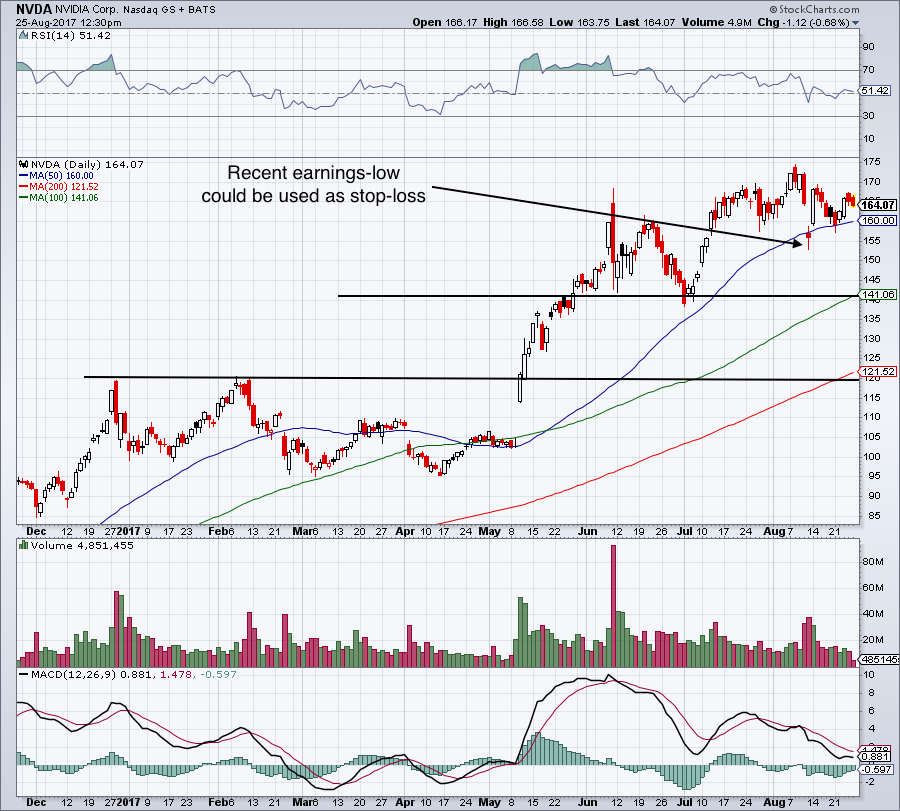

“Ada’s advancements include a new Streaming Multiprocessor, a new RT Core with twice the ray-triangle intersection throughput, and a new Tensor Core with the Hopper FP8 Transformer Engine and 1.4 petaflops of Tensor processor power.” Ada’s specs should make any tech geek salivate: “Ada” refers to Ada Lovelace, which will power Nvidia’s much-talked-about RTX 4090 graphics card. Let’s not forget that Nvidia’s shareholder value comes from its tech innovations. To this point, Nvidia CEO Jensen Huang expects “a pretty terrific Q4 for Ada,” referring to the company’s recently unveiled next-generation chip architecture. Indeed, investors are so pessimistic and the bar is so low that Nvidia should be able to surpass analysts’ expectations in the fourth quarter.

After all, PC-market weakness isn’t a secret, and the markets are quite efficient. While Rolland’s point about PC-industry pressure is duly noted, it’s also most likely priced into NVDA stock by now.

The Market’s Pessimism Could Be a Setup for a Great Quarter Naturally, this should dent Nvidia’s top and bottom lines to a certain extent. That’s a fair point, as Rolland expects PC-industry shipments to fall 17% this year, which is worse than his previous prediction of an 11% decline. Rolland’s “checks indicate PC-market weakness may be extending beyond consumer and into enterprise.” Consequently, Susquehanna reduced the firm’s share-price prediction for Nvidia and its peers to reflect a “new PC-shipment forecast and weakening PC-industry checks.” Apparently, his primary reason is simple: The PC market isn’t doing well. Thus, as Susquehanna analyst Christopher Rolland just cut his price target on NVDA stock from $190 to $180, investors should want to know why. That said, it’s instructive to consider their stated reasons for lowering their share-price forecasts. When stocks decline precipitously, it’s normal for analysts to reduce their price targets.


 0 kommentar(er)
0 kommentar(er)
